Harley-Davidson, an iconic American motorcycle brand, has a rich history of innovation, camaraderie, and resilience. From its humble beginnings to its global expansion, Harley-Davidson has remained a symbol of freedom and adventure. In this blog post, we will delve into the captivating history of Harley-Davidson, explore its various motorcycle models, and unveil the story behind its timeless logo. So, gear up and join us on this ride through the fascinating world of Harley-Davidson!
The Origins of Harley-Davidson
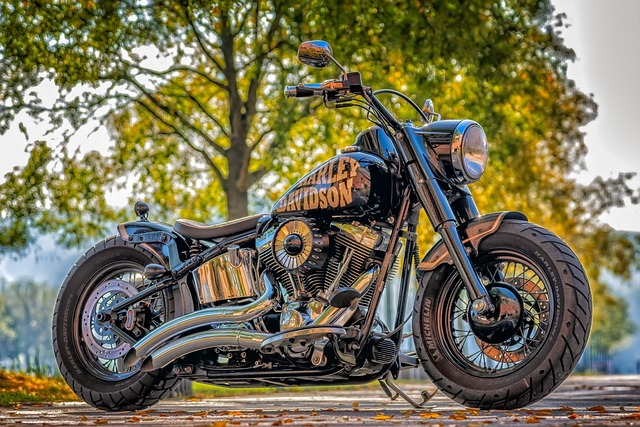
Harley-Davidson’s journey started in Milwaukee, Wisconsin, when two friends, William S. Harley and Arthur Davidson, united their love for mechanics and design. Inspired by a vaudeville performance featuring Anna Held on a three-wheeled vehicle, the duo embarked on a journey to create their first motorcycle prototype. They surmounted initial obstacles with the assistance of the Davidson brothers, including Walter Davidson, and friends like Henry Melk and Ole Evinrude, laying the groundwork for what would become the world’s leading American motorcycle manufacturer at the Harley Davidson factory.
In 1905, Harley-Davidson presented its first production bike, the Model 5-D, and forged a path towards success. The company’s vision of reliability, good service, and knowledgeable salespeople helped it gain traction in the market. With the support of its first Harley Davidson dealer, Carl H. Lang in Chicago, Harley-Davidson began to establish a strong community of motorcycle enthusiasts that would come to define the brand.
The First Motorcycle Prototype
William Harley and Arthur Davidson, along with their brothers, constructed the first motorcycle prototype in a small wooden shed in Milwaukee. The first prototype, however, was unsuccessful due to its lack of power. This setback merely bolstered their resolve to refine their design, culminating in the founding of the Harley-Davidson Motor Company in 1903.
The second Harley-Davidson prototype marked a significant milestone, as it was the first to participate in a motorcycle race. This event sparked the company’s long-lasting involvement in motorcycle racing and helped shape the Harley-Davidson brand. The first Harley Davidson factory was built on Chestnut Street in Milwaukee in 1906, boasting a production capacity of 50 bikes in its inaugural year. This marked the beginning of Harley-Davidson’s journey towards becoming a global powerhouse in the motorcycle industry.
Early Successes and Challenges

Harley-Davidson endured despite early challenges, ultimately achieving success. Their first breakthrough came with the introduction of the 7D®, the company’s first successful V-twin engine. This innovation propelled Harley-Davidson to the forefront of the motorcycle industry, and by 1920, they became the largest motorcycle manufacturer in the world.
Harley-Davidson continued to expand its business by increasing exports, implementing strategic plans, and introducing new models. With the help of friends and family, they overcame early challenges and set the stage for a century of innovation and growth in the motorcycle industry.
Evolution of Harley-Davidson Models
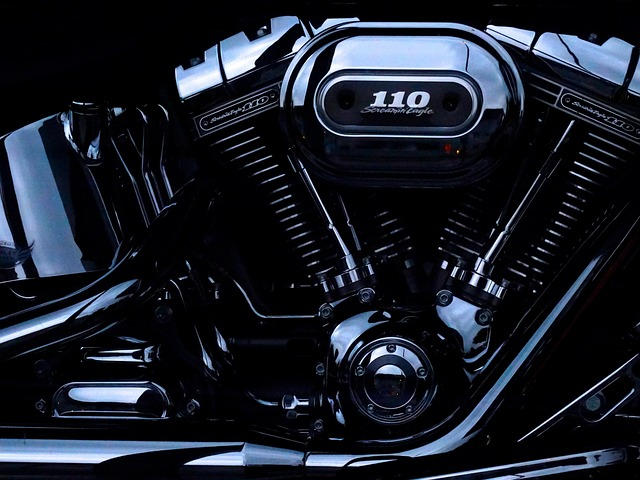
Harley-Davidson has launched a broad array of innovative and iconic motorcycle models over the course of its history, influencing the industry and cementing the brand’s reputation. Among these models, the Harley Davidson motorcycle has consistently pushed the boundaries of motorcycle design, from the introduction of the V-twin engine to the release of the first overhead-valve engine. Harley Davidson motorcycles continue to be a symbol of innovation and excellence in the world of two-wheeled transportation.
Some of the company’s early models, such as the 1942 WLA and the 1948 FL, have become symbols of the brand’s strength and durability. These models served not only as milestones in Harley-Davidson’s history but also as inspiration for future generations of motorcycle enthusiasts.
Pioneering Innovations
Since its early days, Harley-Davidson has spearheaded motorcycle innovation. The company introduced its first V-twin engine in 1909, a design that would later become synonymous with the brand. In 1914, the 10-F® model marked another significant technological advancement, featuring a two-speed transmission and a “step-starter” similar to the modern-day kick-starter.
Harley-Davidson continued to push the boundaries of motorcycle design with the introduction of the first overhead-valve engine, the Knucklehead, and the electric starter in 1965. These trailblazing innovations have left an indelible mark on the motorcycle industry and significantly contributed to molding the Harley-Davidson brand.
Iconic Models and Their Impact
Over the years, Harley-Davidson has released several iconic models that have left a lasting impact on the motorcycle industry, including the classic Harley Davidson Super Glide. Some of these models include:
-
XL Sportster
-
FX Super Glide
-
Softail
-
V-rod
These well-known models, often recognized for their classic black and white design, have become synonymous with the brand and continue to be popular among motorcycle enthusiasts.
These iconic models have not only shaped the Harley-Davidson brand but have also influenced the motorcycle industry as a whole. For example, the FXS Low Rider® became an immediate success upon its release, surpassing sales expectations during its initial production year. This model, along with other iconic releases, has contributed to the enduring legacy of Harley-Davidson.
Harley-Davidson in Times of War
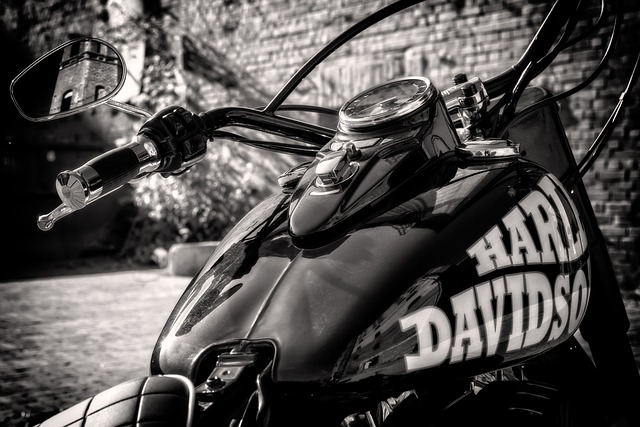
Harley-Davidson significantly contributed to the US military by providing motorcycles during both World Wars. The company’s reputation for durability and reliability made its motorcycles a natural choice for military use. In World War I, Harley-Davidson supplied approximately 50% of its sales to the US armed forces, while during World War II, an estimated 88,000 motorcycles were produced for military use.
The J Series and WLA models were among the motorcycles employed by the US military during these conflicts. Harley-Davidson’s involvement in wartime efforts further solidified the brand’s reputation for strength and dependability while showcasing the versatility of its motorcycles in various terrains and conditions.
The Harley-Davidson Culture and Community
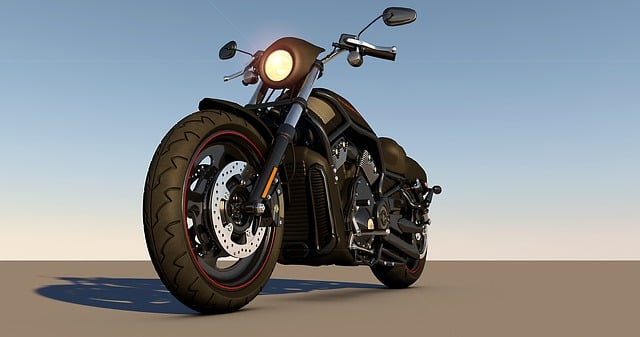
Harley-Davidson has fostered a robust culture and community around its brand over time. Events like the Sturgis Motorcycle Rally, an annual gathering in Sturgis, South Dakota, attract hundreds of thousands of motorcycle enthusiasts from around the world, fostering a sense of camaraderie among riders.
The Harley Owners Group (HOG), the largest motorcycling community in the world, is another testament to the strong bond among Harley-Davidson riders. This community, along with various clubs and events, has played a crucial role in shaping the unique culture surrounding Harley-Davidson, further solidifying the brand’s iconic status.
The Evolution of the Harley-Davidson Logo

Although the Harley-Davidson logo has evolved over time, the iconic bar and shield design has steadfastly symbolized the brand’s strength and durability. The original logo consisted of a basic metallic shield and a block bar resembling a license plate. Over the years, the logo has evolved, with the bar and shield design becoming the most recognizable element of the Harley-Davidson insignia, known as the bar and shield logo.
The Harley-Davidson logo, often referred to as the Harley Davidson emblem, is replete with symbolism, with the bar and shield denoting strength and durability, and the wings being derived from an eagle, the national bird of the United States of America. Each Harley-Davidson dealership is allowed to have its own rendition of the Harley Davidson logos, with diverse wings and adornments around the principal design.
From the simple metallic shield to the modern-day bar and shield design, the classic Harley-Davidson logo has remained a constant symbol of the brand’s enduring legacy. As the company continues to innovate and adapt, the Harley Davidson logo history serves as a reminder of the brand’s roots and its commitment to providing exceptional motorcycles for generations to come.
Harley-Davidson's Global Expansion
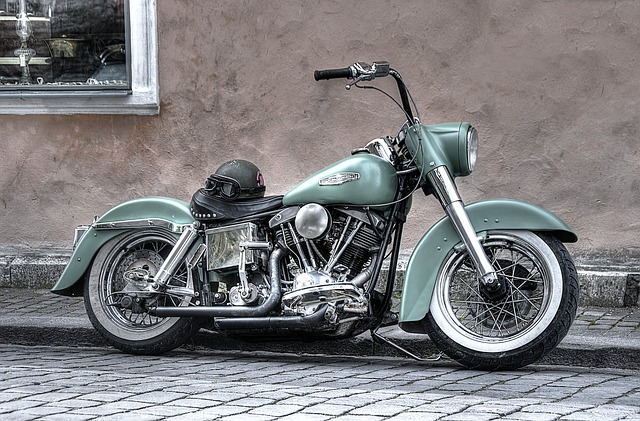
Harley-Davidson has broadened its global footprint, emerging as the world’s largest motorcycle manufacturer and reinforcing its status as an iconic American brand. The company commenced its global expansion in the early 1900s, extending its operations to countries including:
-
China
-
Thailand
-
Korea
-
Switzerland
-
Italy
To facilitate its global growth, Harley-Davidson employed several strategies, including:
-
Expanded distribution
-
New product development
-
Market diversification
-
Digital capabilities
-
International partnerships
-
Supplier network expansion
This global expansion has had a beneficial effect on the company’s total sales and corporate growth, with Harley-Davidson setting a goal to sell 100,000 electric bikes by 2026.
The Future of Harley-Davidson
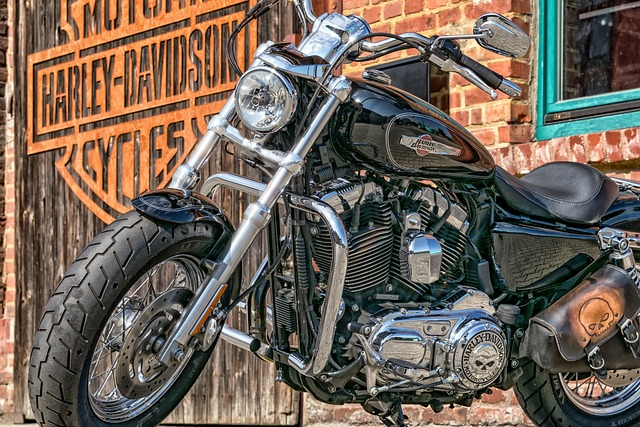
Harley-Davidson continues to innovate and adapt to meet the needs of future generations as the motorcycle industry evolves. The company has announced plans for an all-electric future, with CEO Jochen Zeitz confirming that Harley-Davidson will transition to electric motorcycles at some point. This commitment to sustainable transportation demonstrates the company’s dedication to staying ahead of the curve and addressing the changing preferences of modern riders.
In addition to embracing electric motorcycles, Harley-Davidson is also investing in advanced training programs for technicians, ensuring that its workforce remains skilled and ready to tackle the challenges of the future. By focusing on innovation, sustainability, and education, Harley-Davidson is poised to continue its legacy of excellence and maintain its position as a leader in the motorcycle industry.
Notable Harley-Davidson Milestones
Harley-Davidson has attained numerous milestones throughout its history that have influenced both the company and the overall motorcycle industry. Some of these milestones include:
-
In 1983, the company introduced its first liquid-cooled engine, marking a significant advancement in motorcycle technology.
-
The introduction of the first overhead-valve engine.
-
The introduction of the two-speed transmission.
These innovations highlight the brand’s commitment to continuous improvement and innovation.
Other notable milestones include the centenary celebration in 2003, when Harley Davidson celebrated 100 years of history, and the leveraged buyout of the company by its senior executives in 1981. These events serve as reminders of the resilience, passion, and commitment to excellence that have defined Harley-Davidson throughout its existence.
From its humble beginnings in a wooden shed to its global expansion and enduring legacy, Harley-Davidson has remained an iconic symbol of freedom, adventure, and the American spirit. The company’s rich history, innovative models, and strong community have shaped the motorcycle industry and inspired generations of riders. As Harley-Davidson continues to evolve and adapt to the changing needs of future generations, its commitment to excellence, innovation, and sustainability ensures that the brand will continue to roar down the open road for years to come.
Frequently Asked Questions
What is the history of Harley-Davidson?
Harley-Davidson was founded in 1903 by William S. Harley and Arthur Davidson, who first began working together on a motor-assisted bicycle in 1901. They completed their first prototype for a motorcycle in a 10-by-15-foot shed and subsequently released a bigger engine version in 1904. In 1907, Walter Davidson became the first president of the company, with Arthur becoming the first general sales manager and secretary, and William the first works manager.
What is the oldest known Harley?
The oldest known Harley-Davidson is the prototype motorcycle that was created in 1903 by William S. Harley and Arthur Davidson in Milwaukee, Wisconsin. This was the first production model sold by the company in 1904-1905.
What was the first Harley-Davidson logo?
Designed by Janet Davidson in 1910, the first Harley-Davidson logo was a combination of a bar and shield featuring the company name written inside. It resembled a license plate, staying unchanged until 1934 when a winged version of the emblem was introduced. The new logo featured a winged bar and shield with the company name written inside. It was designed to be more modern and eye-catching, and it has remained the company's official logo ever since.
How did Harley-Davidson become involved in providing motorcycles for the US military during World Wars I and II?
Harley-Davidson supplied a significant portion of their production to the US military during both World Wars I and II, with approximately 50% of sales during WWI and 88,000 motorcycles produced for WW2.
What are some of the most iconic Harley-Davidson models?
Iconic Harley-Davidson models include the XL Sportster, FX Super Glide, Softail, and V-rod, making them renowned pieces of American motorcycling history.
